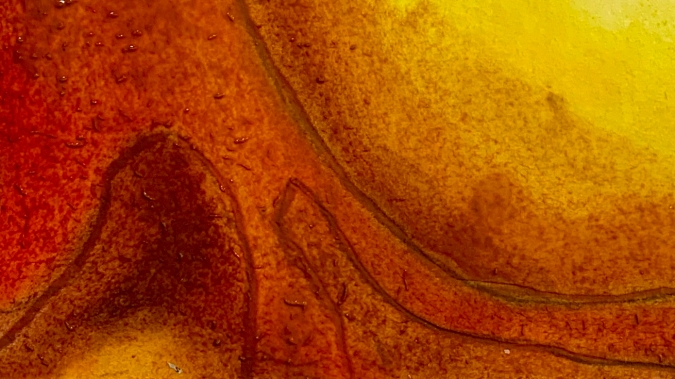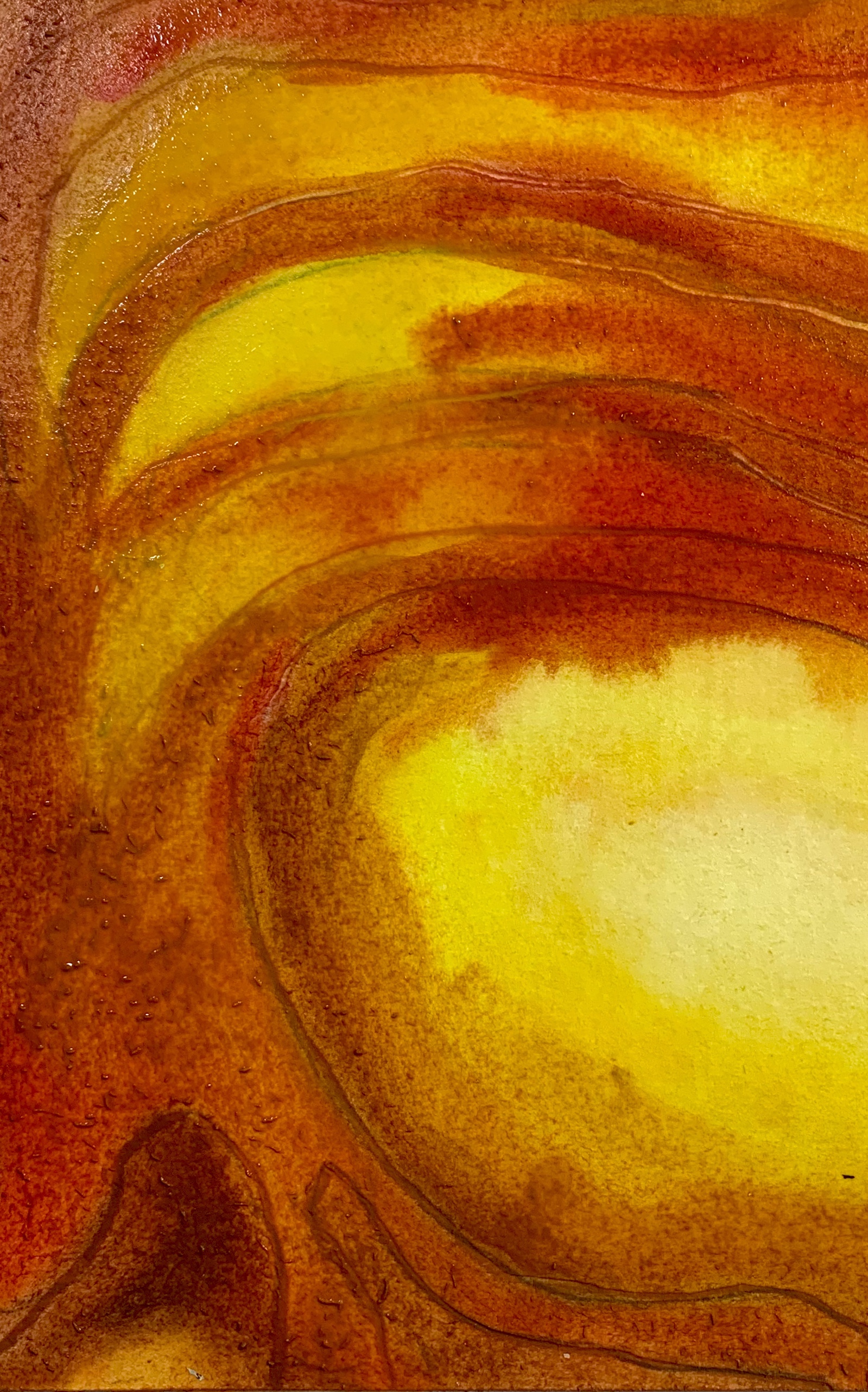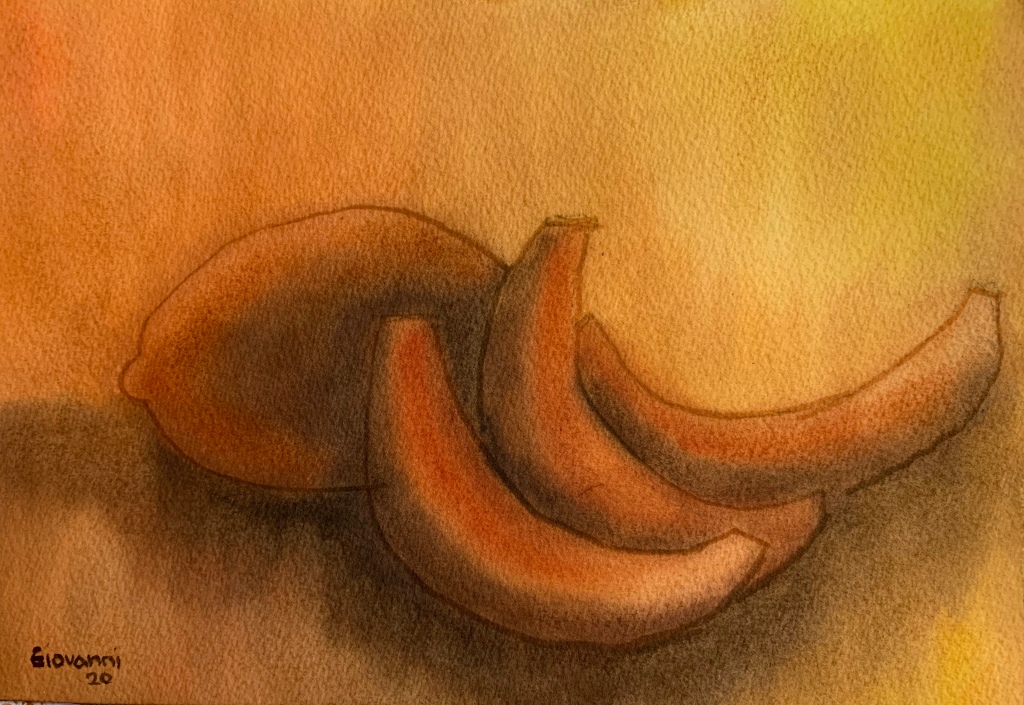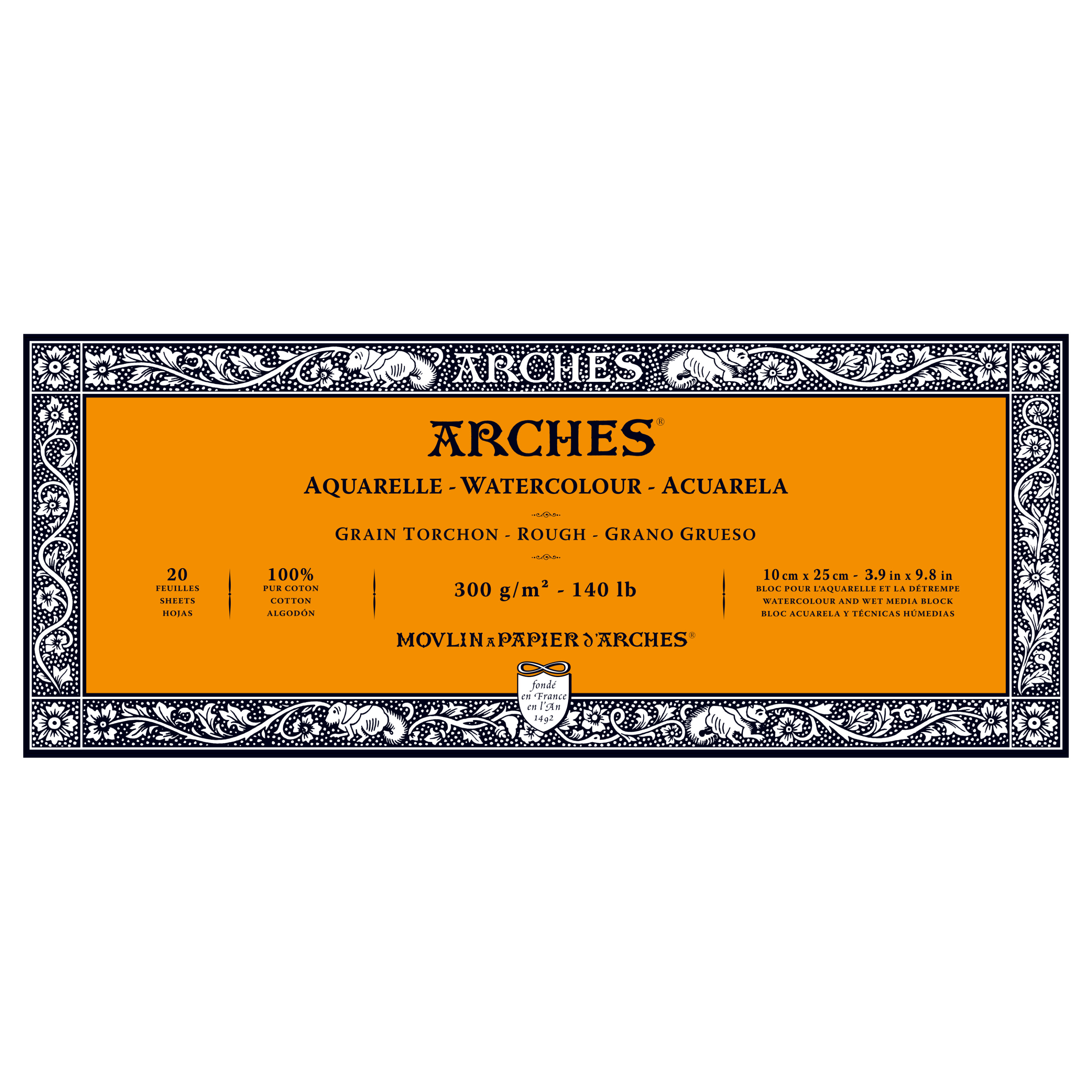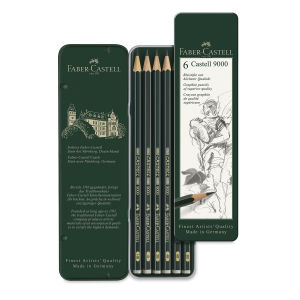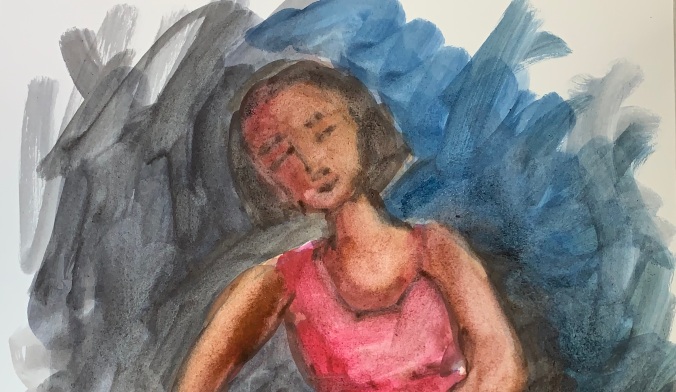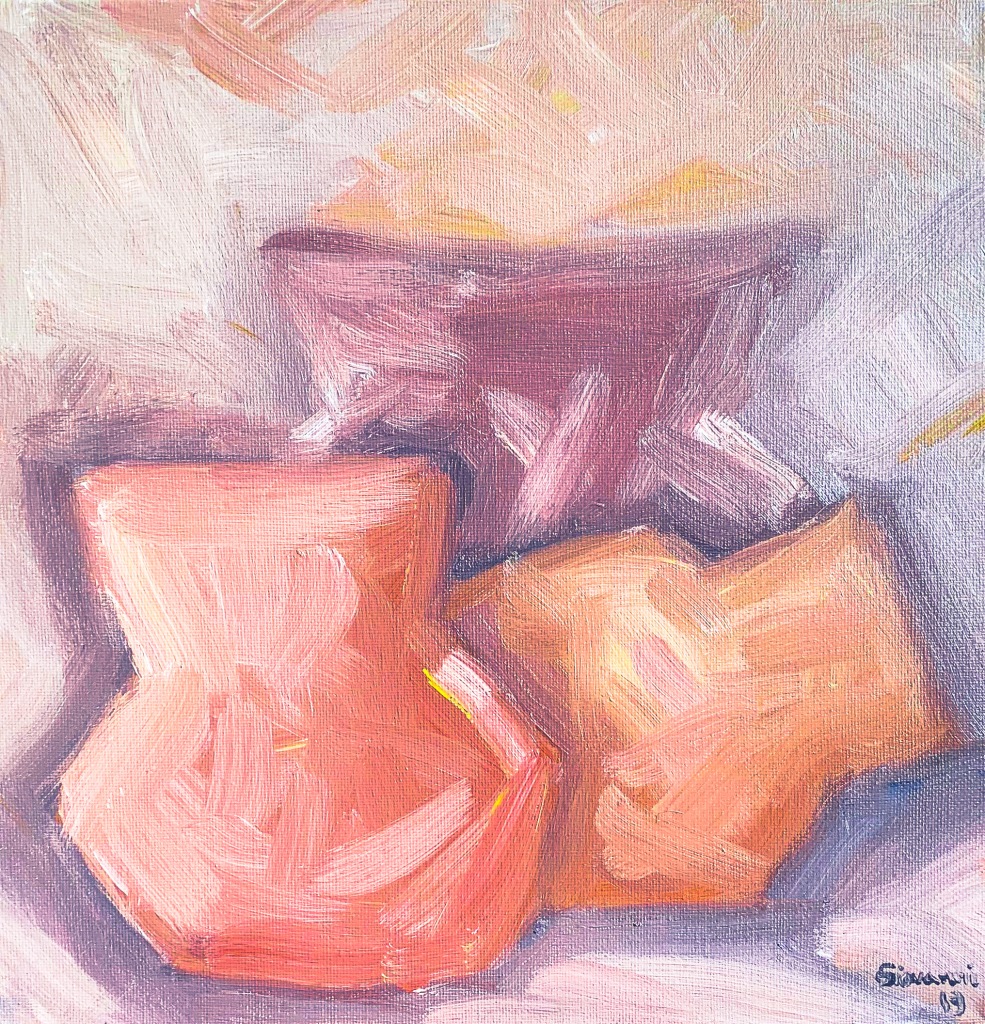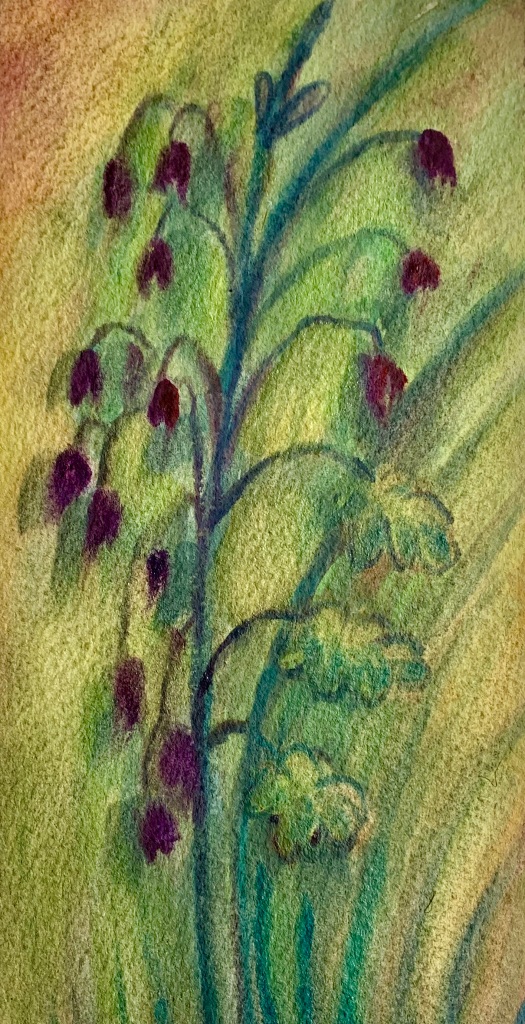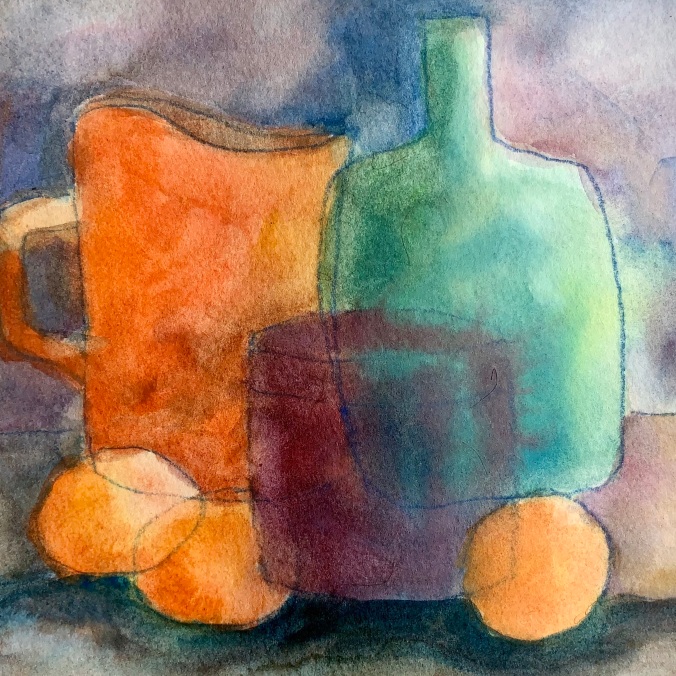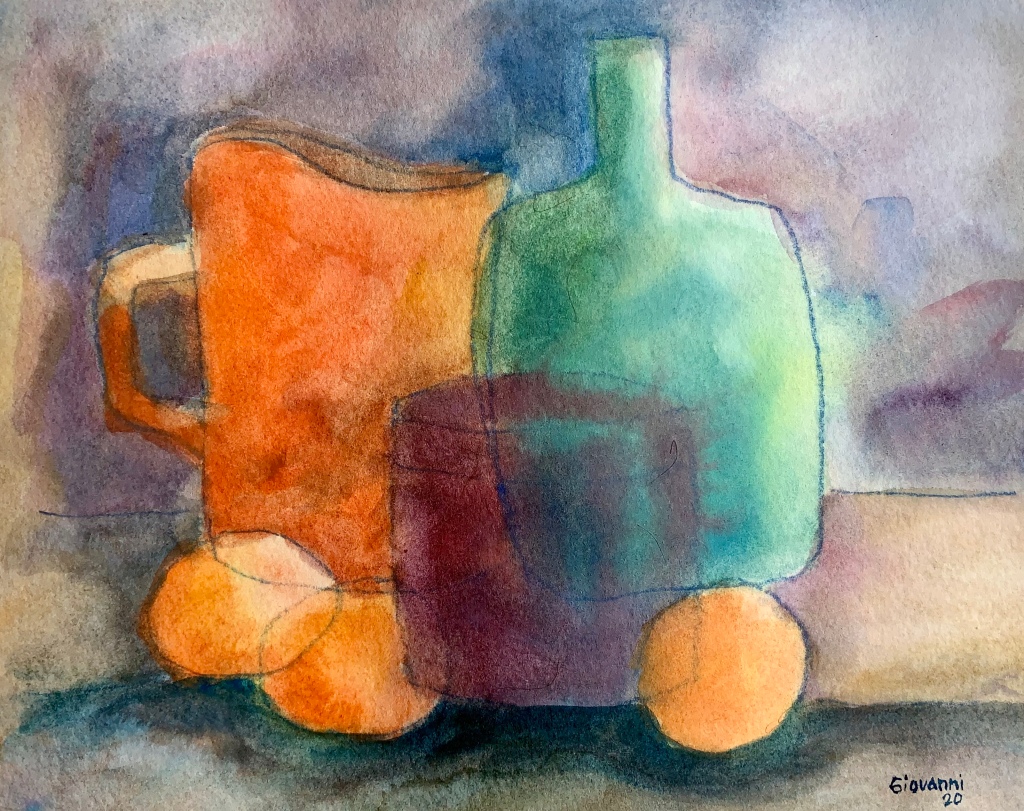Step by Step watercolor painting -Easy watercolor ideas
Hi everyone,
This post is a step by step watercolor painting from the series, easy watercolor ideas. the topic is a common scenery, the entrance of a home. I am so excited to share with you this post, if you have been following me, I am glad that you are back. And, if you are new to this blog, welcome!
The easy watercolor idea of today is presented in a step by step process that you can follow easily. This type of project provides you the satisfaction to create something new from an common view (scenery).
On the other hand, I want you to know that I did not use a picture as reference, I drew it, and painted from memory. It is a good idea to try that, just imagining a scene, put the idea in paper, and paint it with watercolors. As you can see in my website front page, very much all of my works are from memory. Check other works by me here. But overall, you need direction, which can come from step by step painting.
In the content of easy watercolor ideas: what are the benefits of painting a ‘common scenery’ in watercolor?
Continuing with the idea of painting a common scenery, or, common topic. I would like to say that painting a common scenery is not complicated as other topics, in terms of light, and shadows. Also, with this type of subject the colors can be limited. So, painting with a limited palette is always helpful especially if you are new to watercolor painting. For example, you can paint the door in red.
I painted the door in blue to make it contrast with the yellows in the home’s walls. But if the walls were white, a red, or, a dark brown probably works just fine as the color for the door. See where my point is? A simple, and common scenery can help you to gain confidence in how to distribute color, and assign values in your watercolor painting.
More examples of watercolor simple ideas…
In a post of several weeks ago, I painted another simple idea, this idea is very simple, three lines, sky, the horizon, and the water in the lake. Check this out here, and you can use it as another example of painting common topics in a simple way.
Completing the painting…
I would like to do two things, first, I will give you some simple steps on how to succeed in your watercolor painting. And, secondly, I would demonstrate you how I did it, which can be seen in the video clip later in the post.
More watercolor simple ideas: adding color to the painting in three steps…
Now, it is time to watch the videoclip that demonstrates how I completed the painting. There are some points I want to call your attention – so, you can learn from me, or, just enjoy it better. What follows are the main steps in the process:
1. Start with a color that you like.
I started with yellow, not only because I love yellows but it happens to be that I was trying to reproduce an image from my mind of a yellow wall as one of my sister’s house.
2. Choose a color that is complementary, or, contrasting to the main object in the painting. In my case, I chose blue for the door to make more contrast with the colors.
3. Add a color that brings the eye of the viewer to another point in the painting. In my case, this color is the red in the flowers (at front) helps to make a balance in the painting, and it also helps to rest the eyes of the viewer.
And, don’t forget the paper, watercolor paper comes in all varieties, but it is important that you chose a paper that can hold well a lot of water, and that is resistant to scratch. I had discussed this important point in a series of early post. You can check some of them here.
Here is the videoclip for you to enjoy it… it is also available in YouTube Videoclip of By the Door/Entrada (de la casa)
Here is the finished painting
Now, you can enjoy the picture that shows the full composition below:

The take home from todays …
Finally, There is no a bad topic, or, simple subject to paint. It is all about fun, and making something common, and simple to become great! As you could see about the painting in this post, now, a common scenery became art.
And, don’t forget the paper, watercolor paper comes in all varieties, but it is important that you chose a paper that can hold well a lot of water, and that is resistant to scratch. I had discussed this important point in a series of early post. You can check some of them here.













